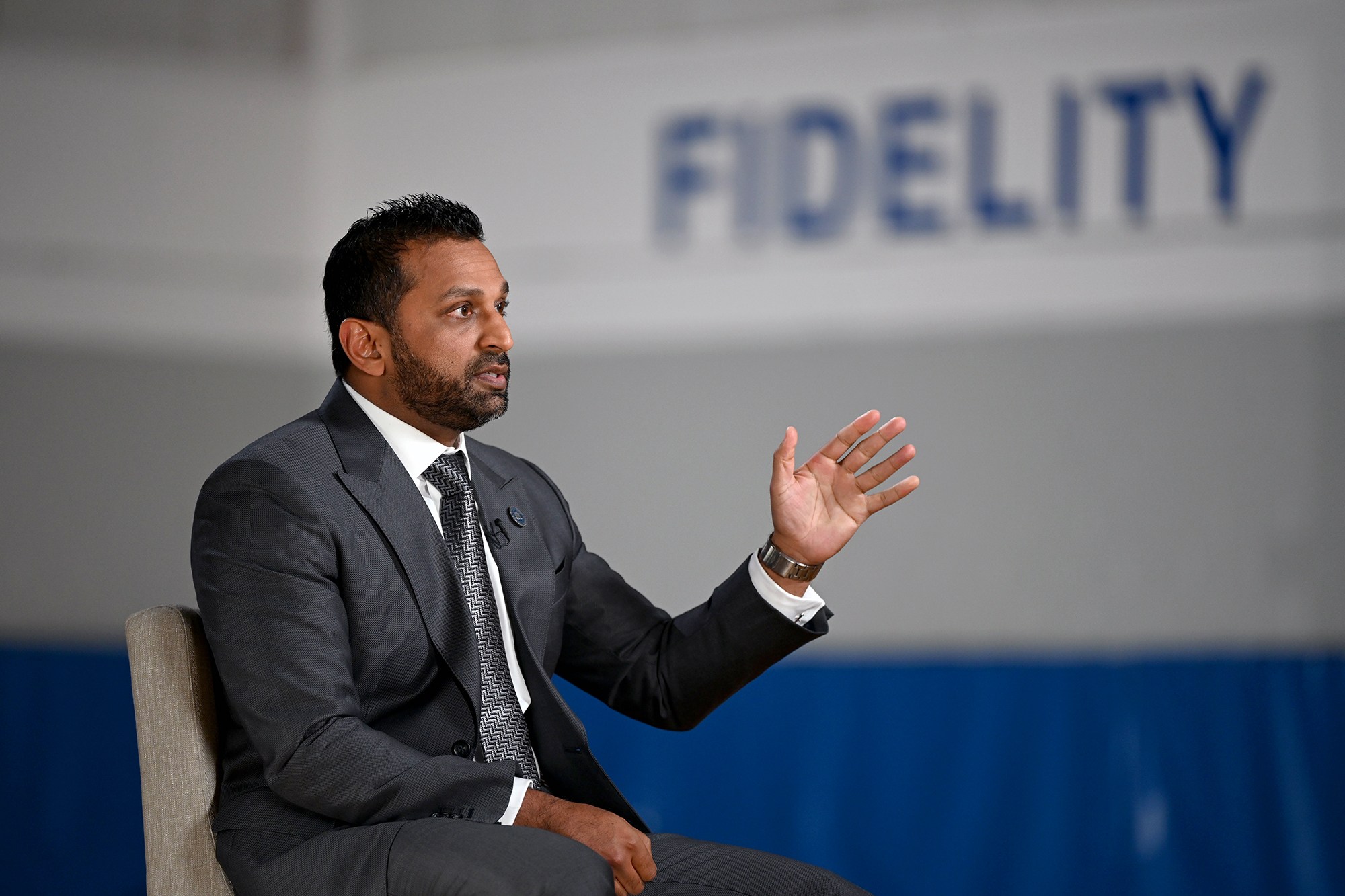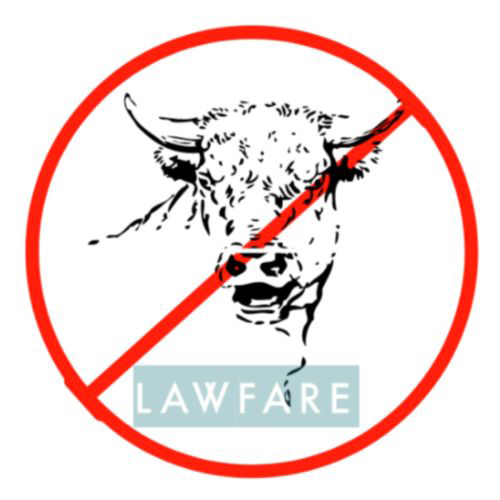Canadian National Security: A New Fighter Jet and New Intelligence Oversight
Canada Looks for a New Fighter Jet

Published by The Lawfare Institute
in Cooperation With

Canada Looks for a New Fighter Jet
On July 23, Public Services and Procurement Canada (PSPC), the government department that manages military procurement, announced that it would accept bids from four suppliers for an aircraft to replace the decades-old CF-18 Hornet fighter. The government is looking to purchase 88 jets. Lockheed Martin’s F-35 is set to face off against Airbus’s Eurofighter Typhoon, Saab’s Gripen and Boeing’s Super Hornet. The department announced a two-step bid process. Suppliers have until fall 2019 to demonstrate that their jet meets Canada’s “security and interoperability requirements” but will have a chance to incorporate feedback and submit a revised plan before the second deadline in spring 2020. PSPC expects that it will award the contract in early 2022, with the first replacement aircraft expected as early as 2025.
Canada has come close to purchasing F-35 fighters before. Back in 2010, Prime Minister Stephen Harper announced a plan to replace the CF-18 with 65 F-35 fighters by 2020. A 2012 report by Auditor General Michael Ferguson, however, forced the Conservative government to back away from the acquisition. That report concluded that “full life-cycle costs were understated in the estimates provided to support the government’s 2010 decision to buy the F-35” and that “some costs were not fully provided to parliamentarians.” Yet Canada has remained intimately involved with the F-35 program. Because Canada is one of nine partner countries involved in the F-35’s development, it has continued to shoulder a portion of the project’s costs, paying “more than half-a-billion dollars over the last 20 years.”
During the 2015 federal election, now-Prime Minister Justin Trudeau promised that “we will not buy the F-35 stealth fighter-bomber.” The government has since decided to keep the F-35 in contention and in May changed the rules of the bidding process to allow Lockheed Martin to submit a bid. As Reuters reports, following pressure from the Trump administration, Ottawa dropped a clause that stipulated that suppliers had to guarantee to give “Canadian businesses 100% of the value of the deal in economic benefits.” Under the updated evaluation criteria, released on July 23, 60 percent of points will be based on the plane’s technical merit, 20 percent on cost, and just 20 percent on economic benefits to Canada. To receive maximum points in the economic benefits category, suppliers have to provide contractual guarantees that they will reinvest the “value of their proposed contract” in Canadian industry. Boeing and Saab officials criticized the change in bid rules, arguing that the original requirement, which would have prevented a Lockheed Martin bid, made sense. Lockheed Martin’s rivals have also contended that the functional criteria, which include air-to-air and air-to-ground attack capabilities, will unduly benefit the F-35.
In the meantime, the Royal Canadian Air Force (RCAF) will have to make do with little. Though PSPC suggests that the first replacement jets could start arriving as early as 2025, the current fleet of CF-18s will need to operate until 2032, when the last replacement jets arrive. And, as journalist David Pugliese notes, “[D]elays in the purchase of new jets could alter that schedule.” Despite the fact that the CF-18 is an aging aircraft, the government has bought an additional 18 used F-18 jets from Australia. Defence Minister Harjit Sajjan argued that if the government did not purchase the Australian jets, Canada would suffer from a “capability gap” and would be unable to fulfill its commitments to both NORAD and NATO. A fall 2018 report from Auditor General Ferguson, however, lambasted the government’s decision. The report concluded that “National Defence expects to spend almost $3 billion on extending the life of the current fleet and to buy, operate, and maintain the interim aircraft [the Australian F-18s], without a plan to deal with its biggest obstacles … a shortage of pilots and the declining combat capability of its aircraft.”
The Department of National Defence has since moved to address some of those concerns. An upgrade program will refit the existing CF-18 fleet with improved navigation and communications systems. A smaller number of planes will receive new weapons and combat upgrades. Yet the RCAF continues to suffer from a shortage of pilots and trained technicians. In June, Lt. Gen. Al Meinzinger, commander of the RCAF, announced new retention and signing bonuses for pilots. One writer has argued that such measures “might work in the short term” but will not address the long-term root cause of the shortage: a “worldwide boom in demand for commercial pilots.”
More significantly, Canada’s system of defense procurement remains hopelessly ineffective. Richard Shimooka, a senior fellow at the Macdonald-Laurier Institute, a Canadian think tank, argued that “Canada has the worst military procurement system in the Western world.” Although the Liberals deserve their fair share of blame for the current CF-18 debacle, both major parties have made mistakes on the military procurement file over past decades. Kim Richard Nossal, in his book Charlie Foxtrot, concludes that Canada suffers from a “political culture that deems it acceptable to play politics with defence procurement” and argues that politicians “need to be more realistic in shaping defence policy.” As the RCAF’s CF-18s enter their 37th year of service, Canadians can only hope that parliamentarians will take Nossal’s message to heart.
Government Implements Key Provisions of the National Security Act, 2017
The National Security Act, 2017, better known as Bill C-59, received royal assent on June 21. The act, a piece of omnibus legislation, creates new intelligence oversight mechanisms and also grants new powers to the Communications Security Establishment (CSE, Canada’s national cryptologic agency) and the Canadian Security Intelligence Service (CSIS, Canada’s national intelligence service). Canadian national security commentators have focused on some of the act’s individual provisions in past Lawfare pieces: Michael Nesbitt addressed changes to information-sharing practices, and Stephanie Carvin focused on the CSE’s new ability to conduct offensive cyber operations.
The government has moved quickly to implement some of the act’s most important provisions. Part 1 created the National Security and Intelligence Review Agency (NSIRA), which has a statutory mandate to review the activities of the CSE and the CSIS as well as “any activity carried out by a department that relates to national security or intelligence” and “any matter that relates to national security or intelligence that a minister of the Crown refers to the Agency.” Thus, the NSIRA has wide authority to review the national security and intelligence activities of organizations such as the Department of National Defence, Global Affairs Canada, the Department of Justice, the Royal Canadian Mounted Police and the Canada Border Services Agency. The prime minister has announced the leadership of the NSIRA, though the agency is not yet fully staffed. John Davies, formerly a senior official with Public Safety Canada, has been appointed executive director of the NSIRA’s Secretariat. Member of Parliament Murray Rankin, formerly the New Democratic Party’s Justice Critic, will be the NSIRA’s chair. University of Ottawa professor and longtime national security commentator Craig Forcese will join the agency, along with four former members of the Security Intelligence Review Committee, which oversaw the CSIS and which has now been replaced by the interdepartmental NSIRA. The NSIRA will ultimately be supported by some 100 staff.
The prime minister has also filled the newly created office of intelligence commissioner (IC). The IC will review requests by the CSIS and the CSE to perform a range of espionage activities. The commissioner, for example, will review whether the CSIS can reasonably retain data on Canadians and will have to approve ministerial authorizations for foreign intelligence activities. The prime minister has appointed Jean-Pierre Plouffe, who brings extensive experience to the role, having served in the Office of the Judge Advocate General, as a reserve force military judge, as a judge on the Superior Court of Quebec and as CSE commissioner.
The CSE Act—that is, Part 3 of the National Security Act—came into force on Aug. 1 of this year. The CSE was formerly governed under provisions of the National Defence Act. Given the growth of the agency over the past two decades, “standalone legislation separate from the National Defence Act is needed to reflect the CSE’s current place in government.” Among other provisions, the new CSE Act allows the CSE to carry out “any activity specified in the authorization in the furtherance of ... active cyber operations,” subject to certain restrictions. Given the CSE’s new abilities and powers, the two oversight mechanisms that the National Security Act establishes—the IC and the NSIRA—have an important role to play in ensuring that CSE operations remain compliant with domestic and international law.
Still, despite the government’s speed in implementing key provisions of the National Security Act, a handful of the act’s provisions have not yet entered into force. This is unsurprising, given the length and complexity of the legislation. For example, part of the act is designed to address the issue of individuals who have been falsely flagged by the “no-fly list,” in response to advocacy work by an organization called “No Fly List Kids,” formed by parents of children who were erroneously placed on the list. The National Security Act’s passage represented a victory for that group, but not all of the necessary amendments to the Secure Air Travel Act are in force yet. The government will have to develop, test and implement “new information technology systems” and will begin operating a “centralized screening ... and redress system ... in 2020.” Still, as Craig Forcese notes, “[M]any of the new powers are ... intertwined in a way that first requires the creation of the new NSIRA and IC.” By filling in both bodies with star appointees, the government has demonstrated its commitment to revamping Canada’s intelligence and national security system.
In Other News
- The government agreed to a $900 million settlement that compensates class-action plaintiffs who experienced “sexual harassment, sexual assault or discrimination ... in connection with their military service, and/or employment.” The settlement agreement sets aside $800 million for payment to members of the Canadian Armed Forces (CAF) class, which includes current and former members of the CAF. The agreement sets aside another $100 million for Department of National Defence employees. The range of individual compensation for most plaintiffs will range between $5,000 and $55,000, but those plaintiffs who “experienced exceptional harm” may receive up to $155,000. The Federal Court still needs to hold a hearing in September to approve the settlement.
- Lt. Gen. Paul Wynnyk resigned as vice chief of the Defence Staff (VCDS). The first article of this series examined the Norman affair. The Public Prosecution Service of Canada investigated Vice Adm. Mark Norman for having allegedly leaked information about a supply ship replacement deal. Chief of the Defence Staff Jonathan Vance thus asked Wynnyk to stay on past his retirement to serve as VCDS—Norman’s old job. The Ottawa Citizen reports that after the court case against Norman collapsed, Vance told Wynnyk that Norman would go back to being VCDS, only to reverse course when Norman declined the position. In an interview with Global News, Wynnyk did not link his retirement to the Norman affair. He cast Vance as a “great and supportive leader” and argued “that there is a lot of unfair criticism going the chief’s way.” That hasn’t stopped media outlets such as the Globe and Mail or opposition parliamentarians from describing the current situation in the CAF as tumultuous. Lt. Gen. Jean-Marc Lanthier will replace Wynnyk as VCDS.
- The Supreme Court of Canada upheld the ability of Canadian military courts to try civilian crimes. In September 2018, the Court Martial Appeal Court voided as unconstitutional Section 130(1)(a) of the National Defence Act, which holds that an act or omission “punishable under ... the Criminal Code” constitutes an “offence under this division” and can thus be tried in the military justice system. Judge Ouellette, in delivering that court’s judgment, argued that 130(1)(a) deprived accused persons of the constitutional right to a trial by judge and jury for civil offenses for which the maximum sentence is five years or more. Canadian military courts do not use traditional juries but, instead, have military panels, which are composed of five military members who operate as a trier of fact. In a 5-2 ruling, however, the Supreme Court held that military courts could try serious civil offenses as service offenses and that there are “sound reasons” why the military justice system employs military panels instead of civilian-style juries.




